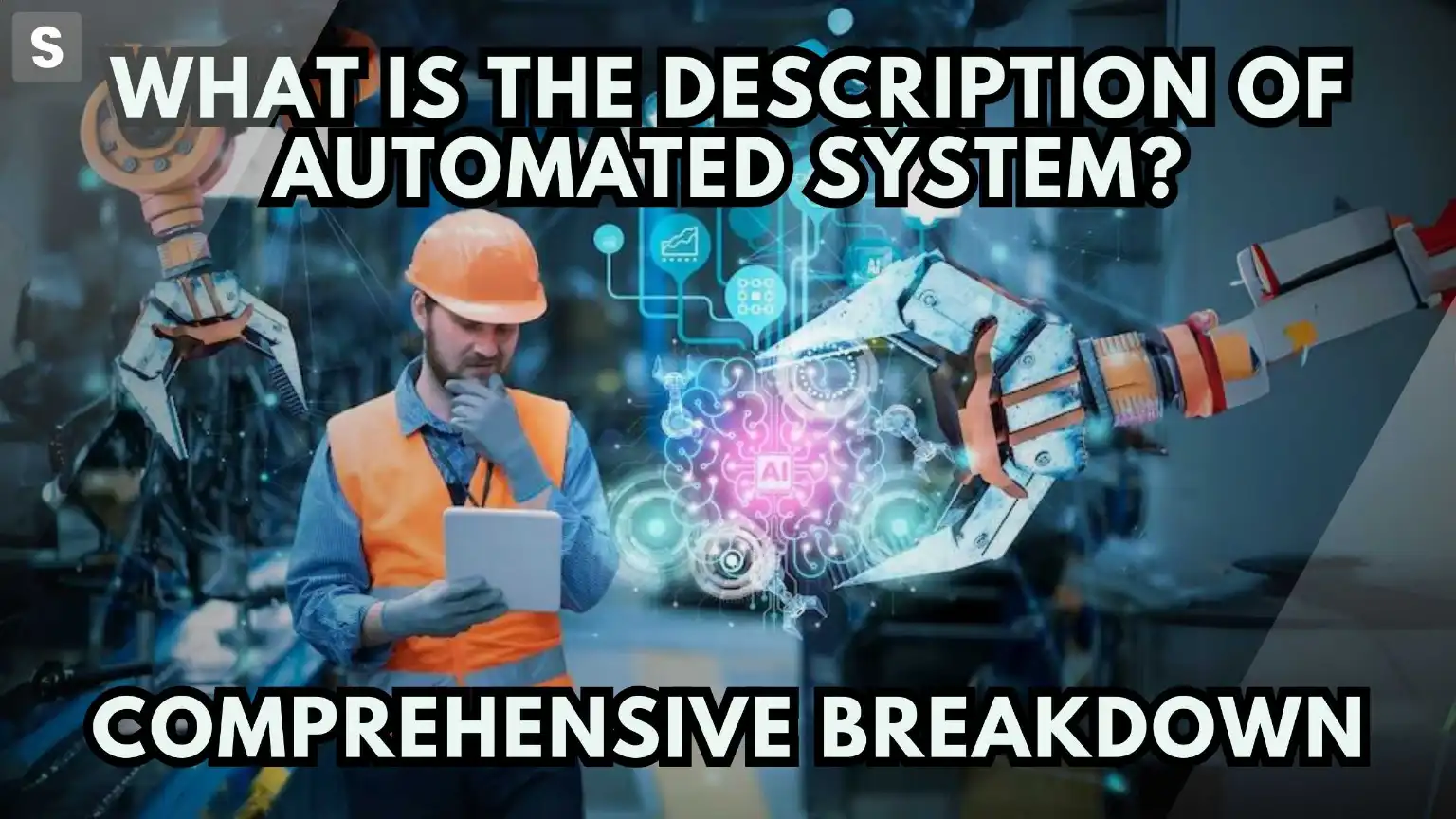What is the Description of Automated System? Comprehensive Breakdown
-


What is the Description of Automated System? Comprehensive Breakdown
Exploring the intricate details of an automated system requires a thorough breakdown to understand its essence and functionality. In this comprehensive guide, we delve into the description of automated systems, unraveling the complexity behind their operations and highlighting their significance in various industries.
Understanding Automated Systems
Automated systems are technological marvels designed to perform tasks with minimal human intervention. These systems utilize advanced algorithms and technologies such as Artificial Intelligence (AI) and Machine Learning (ML) to execute predefined functions efficiently. From manufacturing processes to data analysis, automated systems streamline operations, enhance accuracy, and increase overall productivity.
Components of an Automated System
- Sensors and Actuators: At the core of automated systems are sensors that gather real-time data, and actuators that execute physical actions based on that data. This dynamic interaction enables the system to respond and adapt to changing conditions.
- Control System: The control system serves as the brain of the automated setup. It processes information from sensors, makes decisions using algorithms, and sends commands to actuators, orchestrating the entire operation seamlessly.
- Human-Machine Interface (HMI): For systems that require human interaction, an HMI provides a user-friendly interface. This can range from simple touchscreens to complex graphical interfaces, allowing users to monitor and control the automated processes.
Relevance of Automated Systems in Various Industries
Automated systems play a pivotal role across diverse industries, revolutionizing the way tasks are accomplished. Here are five relevant SaaS products that contribute to the optimization of automated systems:
- Jira: Jira is a project management tool that aids in the seamless integration and tracking of automated processes. It enhances collaboration, ensuring that tasks within automated systems are organized and executed efficiently.
- Zapier: As an automation tool itself, Zapier connects various apps and platforms, streamlining workflows. It serves as a bridge between different automated systems, allowing for the effortless transfer of data and actions.
- Datadog: Datadog is a cloud monitoring and analytics platform that provides comprehensive insights into the performance of automated systems. It enables proactive identification of issues and optimization of system functionalities.
- Salesforce: Salesforce’s CRM platform leverages automation to enhance customer relationship management. Automated workflows, lead scoring, and data analysis contribute to more effective sales and marketing processes.
- HubSpot: HubSpot’s marketing automation tools empower businesses to automate repetitive tasks in their marketing strategies. This includes lead nurturing, email campaigns, and social media scheduling, allowing for a more streamlined and efficient operation.
Conclusion
In conclusion, the description of automated systems encompasses a sophisticated interplay of technologies and components that elevate efficiency across various industries. From the intricacies of sensors and control systems to the user-friendly interfaces, understanding automated systems is crucial for embracing the future of technology.
Optimize Your SaaS Experience with Subscribed.fyi
Ready to enhance your understanding of automated systems and the SaaS products that complement them? Sign up for Subscribed.fyi and unlock exclusive deals on a wide range of SaaS tools. From project management to automation, empower your technological journey with centralized information and comprehensive insights.
Relevant Links:











